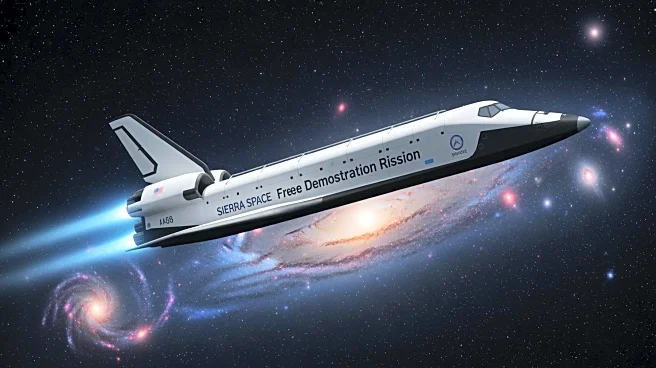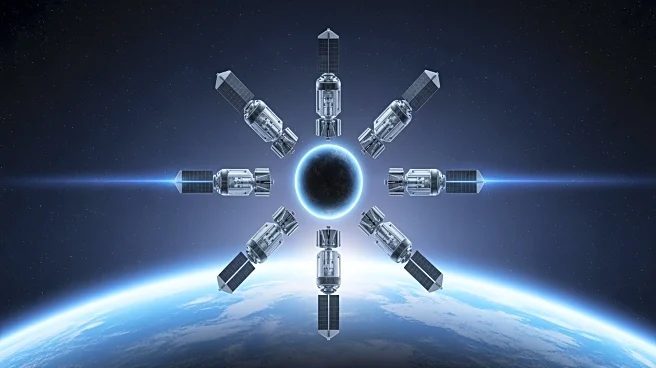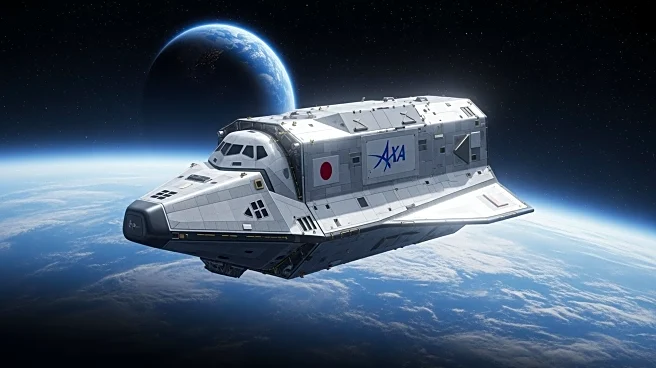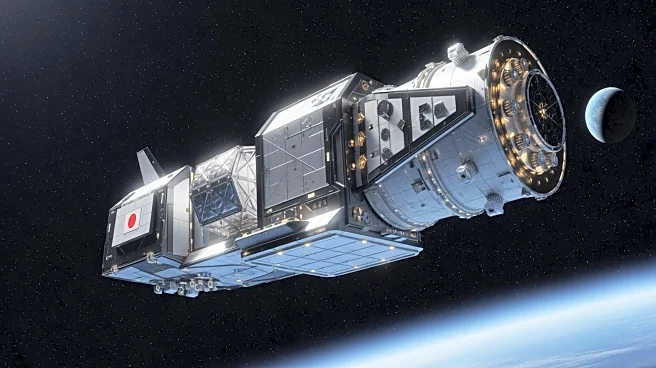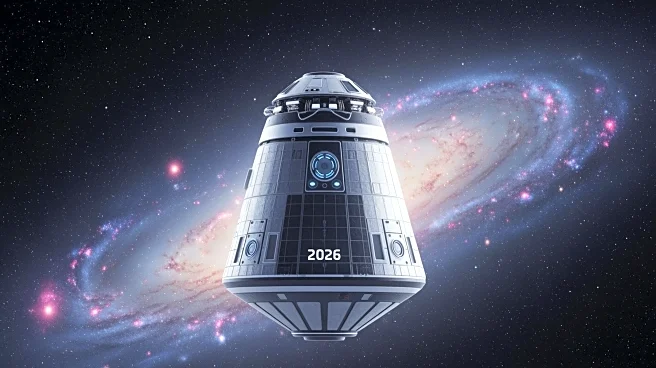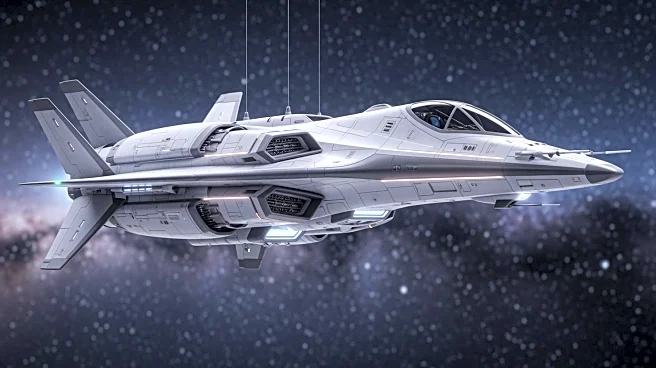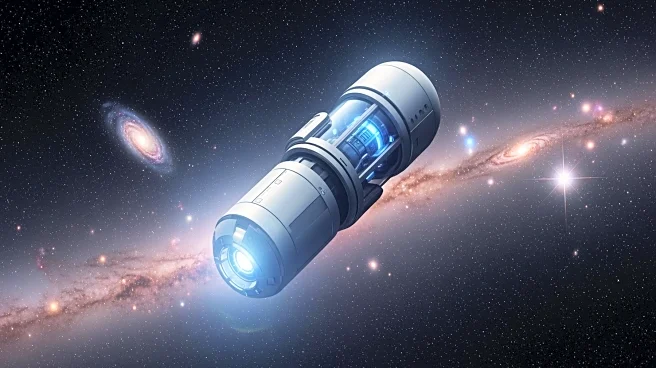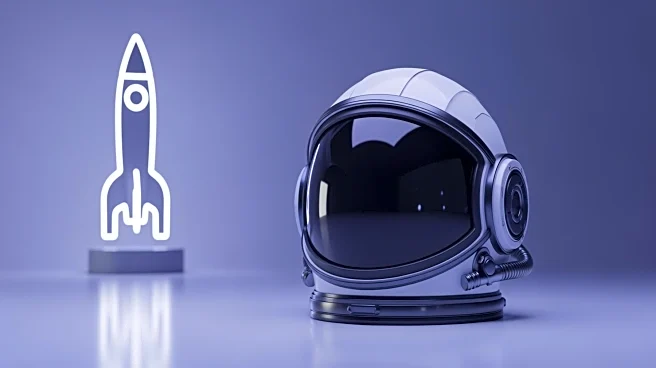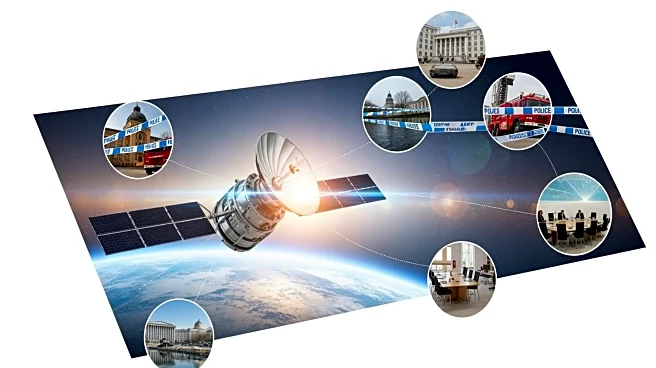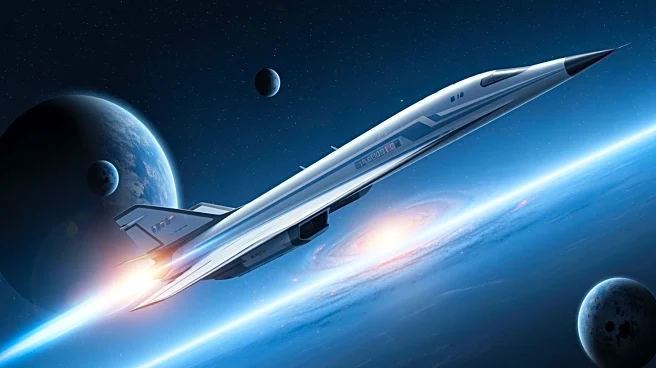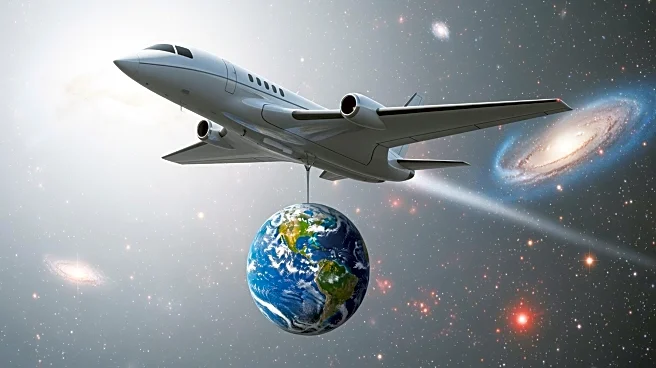What's Happening?
Sierra Space, a subsidiary of Sierra Nevada Corp., has decided to modify its contract with NASA, opting to conduct a free-flying demonstration mission for its Dream Chaser spaceplane instead of the originally
planned ISS cargo runs. This decision comes as the Dream Chaser's debut has been delayed to late 2026, with the ISS set to end operations in 2030. The contract modification allows Sierra Space to seek other customers for the Dream Chaser's first flight, potentially including satellite deployments. The company aims to demonstrate the spaceplane's capabilities in low Earth orbit, focusing on flight control and system tests.
Why It's Important?
The shift in strategy for the Dream Chaser spaceplane highlights the challenges and opportunities in the commercial space sector. By opting for a free-flying mission, Sierra Space can showcase the Dream Chaser's versatility and attract a broader range of customers, including national security and commercial partners. This move could enhance the company's market position and provide a flexible platform for various space missions. The decision also reflects the evolving landscape of space exploration, where private companies play an increasingly significant role in providing innovative solutions for space transportation and logistics.
What's Next?
Sierra Space plans to conduct several tests ahead of the Dream Chaser's first flight, including electromagnetic interference testing and a captive tow test at NASA's Kennedy Space Center. The company is also considering alternative launch options, although it currently plans to use a United Launch Alliance Vulcan rocket. As Sierra Space prepares for the Dream Chaser's debut, it will continue to engage with potential customers and explore opportunities for future missions. The successful demonstration of the Dream Chaser's capabilities could lead to additional contracts and partnerships, further solidifying its role in the commercial space industry.
